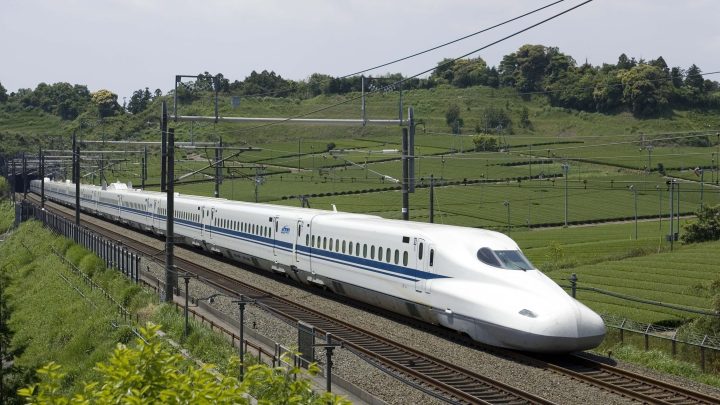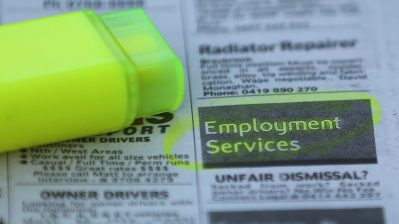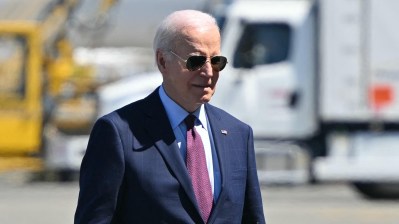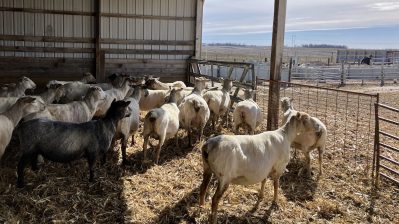
Amtrak wants to build a bullet train in Texas. Could it kickstart a rail revolution?
Amtrak wants to build a bullet train in Texas. Could it kickstart a rail revolution?

To get between the Dallas and Houston, drivers take Interstate 45, passing stretches of forests and rolling pastures with a ton of traffic congestion at either end. The trip can take anywhere from three and a half to five hours.
Amtrak wants to build a bullet train that cuts that trip down to 90 minutes. It’s one of a few high-speed rail projects that’s been getting attention lately, like the Brightline in Florida between Miami and Orlando that recently opened and the Brightline West between Los Angeles and Las Vegas, which is under construction.
“We — it’s not just me — we want to bring high-speed rail to the U.S.,” said Andy Byford, senior vice president of high-speed rail at Amtrak, during the Southwestern Rail Conference in Hurst, Texas. “It is a system that is safely used in most, just about every other developed country of the world, except for the U.S.”
The idea for a Dallas-to-Houston bullet train has been thrown around for years, but Amtrak officials are saying it could now be built within a decade if federal funding comes through. Last year, Amtrak took the lead on the project when it announced a partnership with Texas Central, the private company tasked with developing it.
“I really do think it’s viable. I think it is the most compelling city pairing in the U.S.,” Byford said.
But high-speed rail is big talk in a state ruled by cars and trucks. Some are skeptical that the bullet train will ever be built.
“I don’t think the political will exists in this country to pay for it,” said David Peter Alan, editor for the trade magazine Railway Age, during the conference.
Amtrak said it could cost upward of $30 billion; Byford said he’s looking at equity, federal dollars and private money to fund it.
The agency will also have to work with landowners in rural Texas who oppose the project. Some don’t want a bullet train in their backyard.
Still, support for the project is growing. Last December, the Federal Rail Administration gave it a boost with a $500,000 grant to study the scope of the project. Amit Bose, FRA administrator, said the FRA is behind in part because Texas is booming.
“We cannot overlook how big of a state that Texas obviously is and how much growth is happening here,” Bose said.
That’s why Byford at Amtrak said that now is the time to start building for better transportation options.
“The alternative is to condemn Americans to ever-more crowded interstates, to condemn taxpayers to just paying for ever-widening of highways,” he said.
Byford predicts that if Amtrak can pull off building the Texas line, it’ll kick start even more rail projects across the country.
Correction (May 10th 2024): An earlier version of this story’s audio misidentified the reporter’s organization. Pablo Aruz Peña is a reporter with KERA.
There’s a lot happening in the world. Through it all, Marketplace is here for you.
You rely on Marketplace to break down the world’s events and tell you how it affects you in a fact-based, approachable way. We rely on your financial support to keep making that possible.
Your donation today powers the independent journalism that you rely on. For just $5/month, you can help sustain Marketplace so we can keep reporting on the things that matter to you.

















